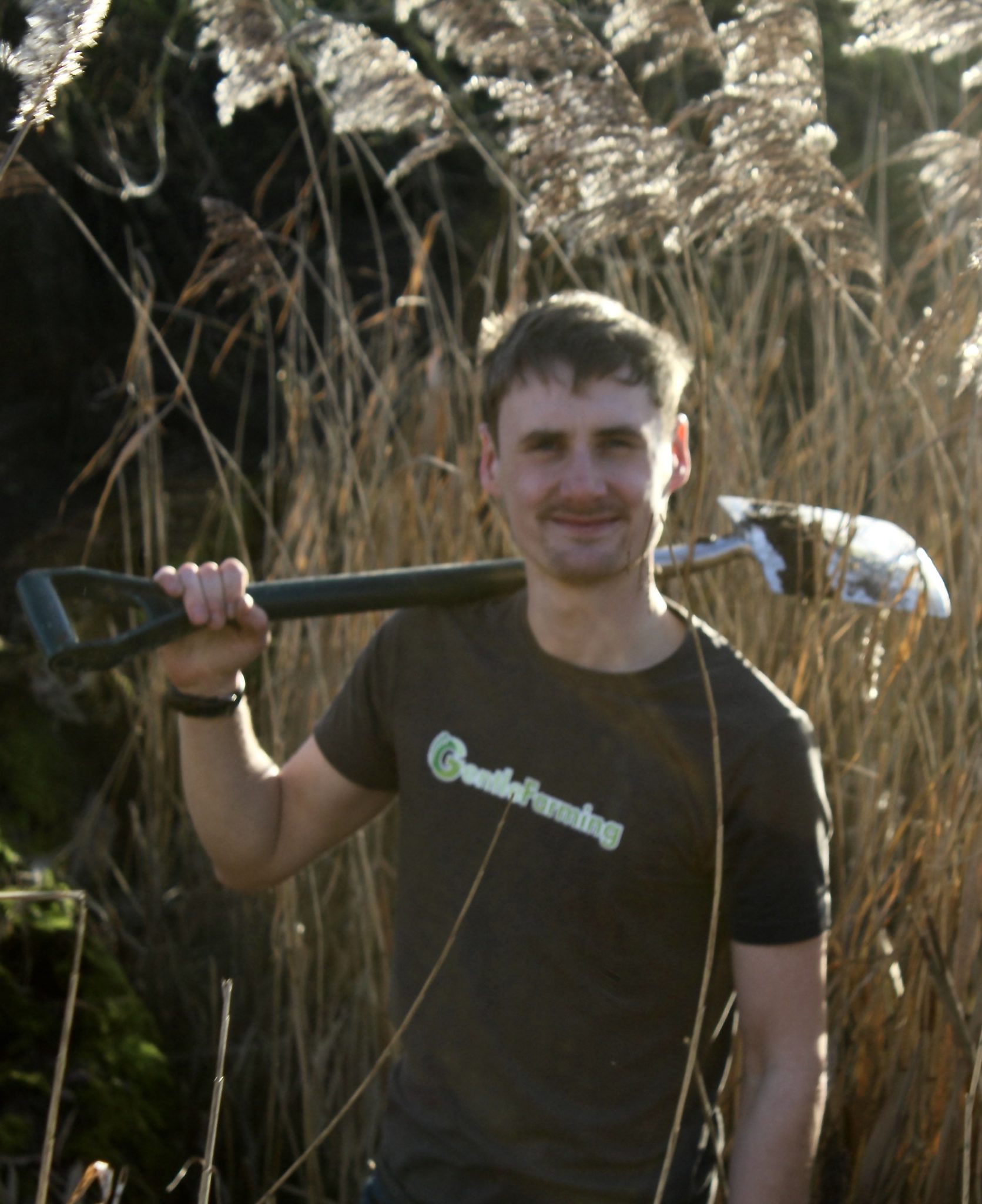I firmly believe that this is the most exciting time ever to be a farmer: the opportunities coming our way are extraordinary so this is the perfect time for farmers to showcase the amazing work we do and get the reward this deserves. Having our own brands and marketing are going to become one of the ways this happens.
I set up Gentle Farming during that first lockdown to explore these opportunities. The first one that presented itself was carbon programmes, and soil carbon programmes in particular.
Farm carbon programs: the basics
A carbon payment programme incentivises and provides funding for farmers to transition to more sustainable farming techniques. Carbon trading has been around for decades, usually in the form of tree carbon. Carbon storage in soils is simply a new product on this carbon trading shelf, but one that benefits multiple stakeholders when carried out effectively.
With all of this, farmers looking to farm more sustainably are in a perfect position to get the financial support they need. Carbon programmes are very new and can be complex.
What to ask and look out for, as a farmer, before getting involved?
All programmes have a core way of operating. First a baseline assessment is carried out to understand your farm, soil and operations. Next you will be asked to plan a new strategy, growing cover crops for example. After these practices have taken place on the ground a verification process occurs to assess whether or not you actually did what you said you were going to do.
The new strategy assessment takes place based on the practices you have implemented, this is then compared to the baseline assessment and the difference between these two calculations gives the number of certificates – and therefore the amount of money – you can expect to receive.
These calculations are either carried out using computer modelling or soil sampling: both methods have pros and cons. Personally I believe the best programs use a combination of both.
Important questions to consider
Before joining a carbon programme as a farmer I would recommend you get a clear answer to the following questions:
- How does the programme deal with choosing the companies it sells to?
- What are the commitment levels in terms of practices and time?
- Who has control over the certificates that are produced: how are they going to be sold and what certification level are they produced to?
- Does the programme have a buffer, and how does the buffer operate? An expected buffer should be between 20 and 30 percent.
- What are all the costs of taking part in the programme and expected returns?
There are many other considerations to take into account, but these five points should give you a good basis on which to compare the different offerings of each programme.
Big opportunity: bigger picture
In summary, carbon trading is an exciting and interesting opportunity but remember it is complex. Make sure you seek the right advice, make sure you are in control and understand what you are signing up to, before taking any decisions.
While carbon programmes are a great opportunity for farmers to take part in right now, carbon is just one small piece of regenerative agriculture, which can provide further on-farm benefits by reducing inputs and cutting the associated costs.
Make the most of your green credentials
If you think of this from a practical perspective, all carbon programmes operate in the voluntary carbon market, where companies are making the choice to buy these products. They are not buying them for no reason, or through mere altruism, rather they are buying them to enhance their own green credentials.
The question every farmer should be asking themselves is: How do I make my “green products” more valuable to potential customers? I believe the best way to do this is by providing them with a story they can use in their own marketing.
That is why I set up Gentle Farming as the brand name of my family farm.
We as a farm were among the first farms in the UK to join a carbon programme and the brand name is a way to promote that along with the other regenerative practices on our farm.
Story telling of your projects, businesses and operations is key to retaining the value and not turning this new product simply into another low-priced commodity.
Thomas Gent, Founder Gentle Farming
Please note, the opinions expressed in this article are the author’s own and do not necessarily reflect the views or opinions of CHAP.
For information on CHAP’s work to promote and advance regenerative agriculture, go to Field Scale Precision Equipment, also see Getting to the Heart of Regen Ag and Soil Health and Regen Ag take centre stage at CropTec.
If you have a project idea or want to find out how you can work with CHAP, please send us an email using the enquiries form at the bottom of our homepage.












